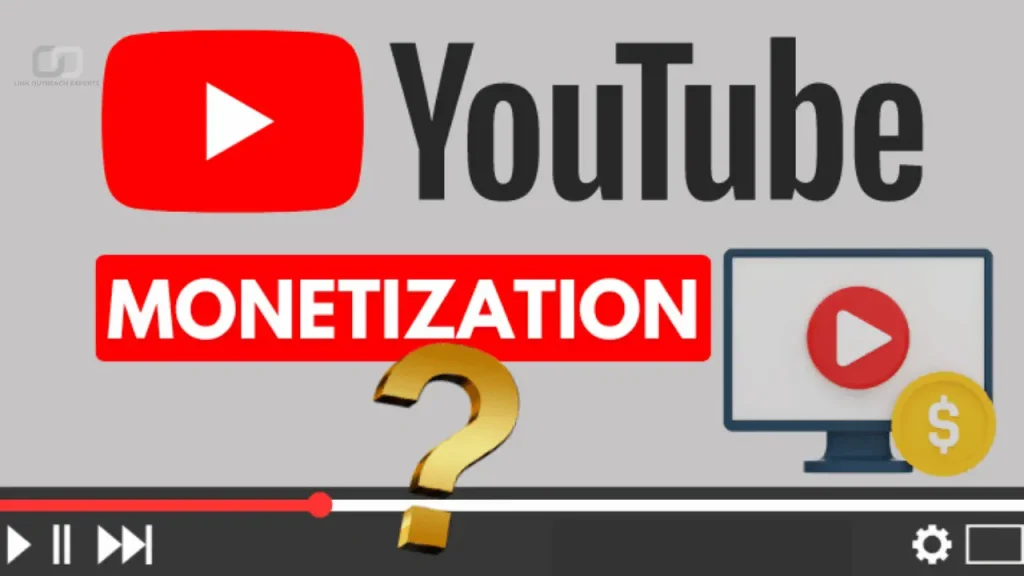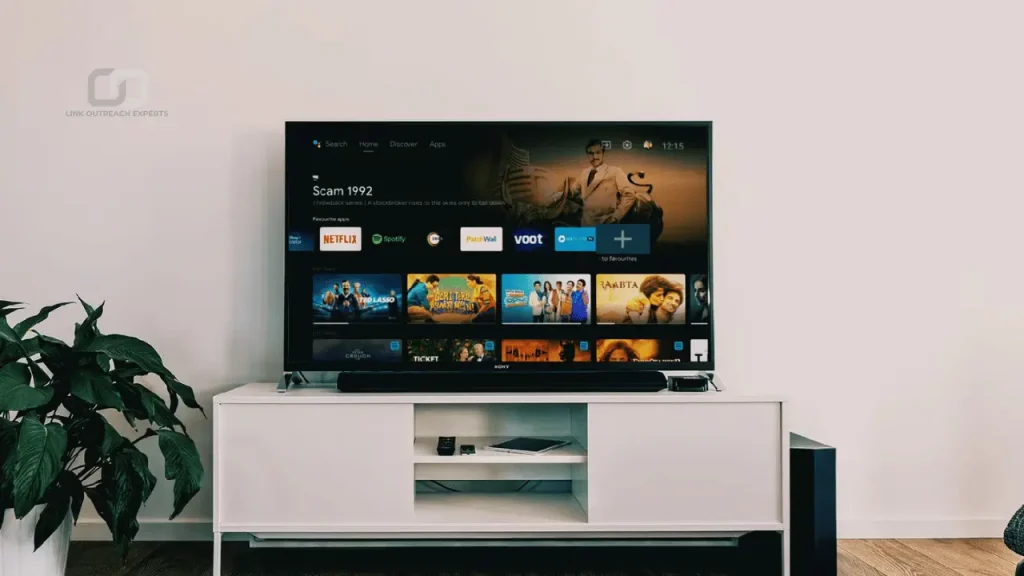YouTube monetization allows creators to earn money from their content. This includes revenue from ads, memberships, super chats, and more. To be eligible, a channel must meet certain requirements like having 1,000 subscribers and 4,000 watch hours in the last 12 months. Once these conditions are met, creators can apply for YouTube’s Partner Program to start earning.
For creators, it shows if they are meeting the requirements for earning money. For viewers, it can indicate if the channel is professionally run. Additionally, checking monetization status can help you decide which channels to support or collaborate with, ensuring you work with creators who have the tools to grow and sustain their content.
Table of Contents
How to Check Monetization Status of a YouTube Channel
Look for Ads on Videos
Monetized channels typically display ads before, during, or after their videos. If you notice ads appearing in the video, it’s a strong indication that the channel is monetized. However, if ads are not showing up, the channel might not be eligible or may have disabled ads for specific videos.
Check for the “Monetized” Badge
Some creators display a “Monetized” badge on their videos to let viewers know they earn revenue from them. You can also check the channel’s “About” section for any mention of monetization or look at their YouTube Analytics (if you manage the channel) for direct confirmation of monetization status.
Use Third-Party Tools
Websites like Social Blade and similar platforms track YouTube channel stats, including earnings and monetization status. These tools give you a breakdown of a channel’s revenue sources, including whether it is making money through YouTube ads, memberships, or super chats, providing an easy way to check a channel’s monetization status.
Alternative Methods to Check Monetization
Analyze Video Content for Monetization Indicators
Look for signs that indicate a channel is earning money, such as sponsored content, product placements, or affiliate marketing links in video descriptions. These are often used by monetized creators to generate additional income outside of YouTube ads. If you’re exploring YouTube monetization, you might also find it useful to learn how to save a YouTube video to a flash drive for offline content management.
Check Social Media and External Platforms
Creators often promote their monetized status on social media or external platforms. For example, they might share milestones like earning their first paycheck from YouTube or reaching monetization goals on Instagram or Twitter. Following their updates can give you insight into their monetization journey.
Review the Channel’s Subscriber and View Count
Channels with a high number of subscribers and views are more likely to be monetized, as they often meet YouTube’s eligibility requirements. Checking these numbers can give you an idea of whether the channel is potentially earning revenue through ads.
How to Monetize Your Own YouTube Channel
1. Meet YouTube’s Monetization Requirements
To be eligible for monetization, your channel must have at least 1,000 subscribers and 4,000 watch hours in the past 12 months. Additionally, your content must adhere to YouTube’s community guidelines, terms of service, and copyright policies. If you’re not yet eligible, focus on growing your audience and creating engaging content that encourages longer watch times.
2. Apply for the YouTube Partner Program
Once you meet the requirements, go to your YouTube account settings and apply for the YouTube Partner Program. YouTube will review your channel to make sure it complies with all policies. The approval process can take a few weeks, and YouTube will notify you whether your application is accepted or rejected.
3. Set Up Google AdSense
You must have a Google AdSense account to earn revenue from ads on your YouTube videos. After your channel is approved for monetization, sign up for an AdSense account (if you don’t have one) and link it to your YouTube account. This connection allows YouTube to place ads on your content and send the earnings directly to your AdSense account.
4. Enable Other Monetization Features
In addition to displaying ads, YouTube offers other monetization features like Super Chats, channel memberships, and YouTube Premium revenue. These features allow viewers to directly support you by paying for perks such as special badges or live stream interactions. Enable these options in your YouTube dashboard once you are monetized.
5. Create High-Quality Content Consistently
To keep your monetization active and grow your earnings, it’s important to create engaging, high-quality content that resonates with your audience. Upload consistently to maintain viewer interest, optimize your video titles, descriptions, and tags for better searchability, and focus on creating videos that generate long watch times and attract more views.
Impact of Monetization on Channel Growth
Monetization can have a significant impact on a YouTube channel’s growth in several ways.
Increased Revenue Potential
Monetization opens up multiple revenue streams, including ad revenue, super chats, memberships, and YouTube Premium earnings. These income sources can motivate creators to produce more content, improve video quality, and invest in better equipment, all of which can lead to growth and higher engagement.
Improved Content Strategy
Once a channel is monetized, creators often refine their content strategy to attract more views and maintain earnings. Monetization encourages creators to create videos that align with audience interests, making content more targeted and effective. This strategic approach leads to increased viewer retention and subscriber growth.
Enhanced Credibility and Visibility
Being monetized provides an extra level of credibility and signals professionalism. Viewers may be more likely to support a channel that is monetized because it shows the creator is serious about their content. This can lead to greater visibility, partnerships, and cross-promotion opportunities that further fuel channel growth.
Motivation to Engage with the Audience
Monetized creators have more incentive to engage with their audience through comments, live chats, and social media, which strengthens viewer relationships. Building a loyal community boosts views and increases subscriber count, creating a cycle that leads to continued growth and success on the platform.
Common Issues and Troubleshooting
1. Monetization Not Visible
Sometimes, even after meeting the requirements, monetization may not appear on a channel. This could be due to a delay in the approval process or YouTube’s review of the content. Ensure your channel follows all community guidelines and terms of service, as any violations can result in rejection. If there’s no update after a few weeks, you may need to reapply or contact YouTube support for assistance.
2. Monetization Disapproved or Rejected
If your application for monetization is rejected, YouTube will notify you with a reason, often related to content violations, lack of engagement, or missing eligibility requirements. To troubleshoot, review YouTube’s guidelines, fix any issues, and improve your content. Once you address the concerns, you can reapply after 30 days.
3. Ads Not Showing on Videos
If monetization is approved but ads are not showing, there could be several reasons. Ads might be disabled for certain videos due to content restrictions, copyright claims, or YouTube’s ad-friendly guidelines. Check your video’s status in YouTube Studio to see if it’s flagged for any issues. You can also ensure that your AdSense account is properly connected and active.
4. Low Earnings Despite Monetization
Sometimes, even with monetization, earnings can be lower than expected. This may be due to factors like low video views, ad block usage by viewers, or a lack of advertiser demand for your content. To improve earnings, focus on growing your audience, increasing video engagement, and creating content that attracts advertisers. You can also experiment with additional monetization options, like channel memberships or merchandise sales.
5. Loss of Monetization
If you lose monetization, it could be due to a violation of YouTube’s policies or failure to follow YouTube’s guidelines. YouTube might temporarily suspend or permanently disable monetization on your channel if it violates their rules. To resolve this, review YouTube’s terms, make necessary changes, and submit an appeal if applicable. If you regain eligibility, you can apply for monetization again.
Conclusion
Checking if a YouTube channel is monetized is important for understanding its potential revenue and credibility. You can look for ads on videos, check for a “Monetized” badge, or use third-party tools like Social Blade to get insights into a channel’s monetization status.
Knowing whether a channel is monetized helps creators and viewers make informed decisions. For creators, it shows if they are meeting YouTube’s eligibility requirements. For viewers, it can indicate a more professional and potentially profitable channel to follow or support.


